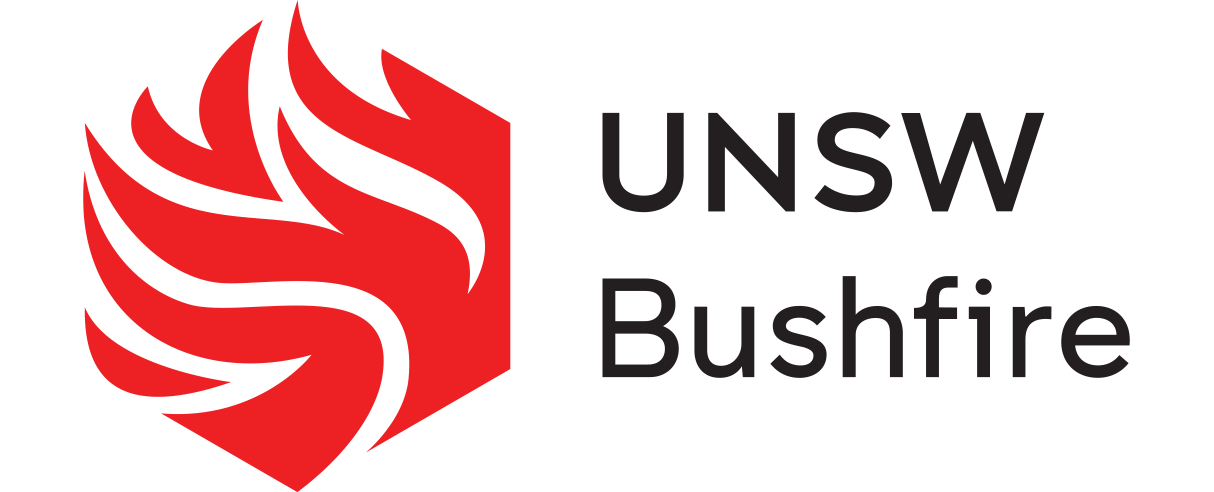Giving opportunities

At the start of 2020, the world watched in horror as Australian bushfires burned an area the size of Germany and the UK combined.
There's an urgent need for applied research into how extreme bushfires behave and how we manage them to ensure we better prepare for and tackle disasters of this magnitude.
Between 2000 and 2018, 57 firestorms were confirmed in Australia. In 2019-20 alone, Australia experienced at least 50 of these events.
Since then, extreme wildfires continue to be experienced around the globe, with recent examples including the 2023 Canadian wildfire season, that had the highest burn area in Canada’s recorded history, Greece recording the largest wildfire in the EU, and the Hawaiian island of Maui experiencing the deadliest U.S. wildfire in over a century.
We need new knowledge to ensure we can safeguard our communities into the future, but bushfire research is underfunded. Without investment, we will continue to be at the mercy of destructive bushfires.
Philanthropic support will enable UNSW to expand its capabilities in bushfire modelling to produce research of national and international benefit.
Areas to support
There are a number of areas within UNSW Bushfire that you can support. Direct your gift to where it matters most to you.
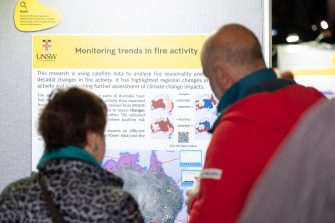
UNSW Bushfire research
UNSW Bushfire is driving breakthroughs in fundamental and applied research into bushfire behaviour and propagation. We're developing scientifically rigorous models that integrate with fire safety and risk management systems.
Extreme fires occurring in Australia and other countries are becoming more prevalent due to climate change. These events are beyond existing firefighting capabilities and incur the most significant environmental, economic, health, and social costs. Active areas of research within UNSW Bushfire include dynamic fire propagation, extreme fire development (including firestorm occurrence), critical fire weather events, mathematical modelling of fire behaviour and associated processes, bushfire risk at the wildland-urban interface, and the impacts of climate change on fire regimes.
With your support, UNSW Bushfire will generate vital new knowledge, and innovations in policy and practice, to halt the increasing threat of extreme fire behaviour.
Contact
Kate Muir
External Engagement & Philanthropy, UNSW Canberra
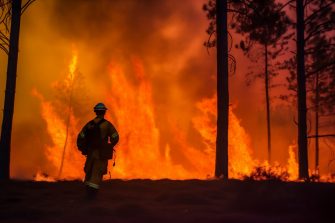
Predicting fire thunderstorms and extreme bushfire occurrence
Fire thunderstorms, scientifically known as pyrocumulonimbus (pyroCb) events, have the potential to induce extreme and unpredictable bushfire behaviour and severe stratospheric pollution. This can lead to devastating impacts on environment and society and can perturb global systems. Accurate prediction of fire thunderstorms is crucial for implementing timely and effective disaster management strategies. Current approaches to predicting the onset of fire thunderstorms remain limited by methodological constraints and by our current level of technical knowledge of fire thunderstorm drivers.
This research will assist in making a significant impact in the field of bushfire forecasting by enhancing our ability to predict extreme bushfire occurrence. By harnessing the unique expertise of UNSW Bushfire researchers and drawing upon techniques of computational modelling and Artificial Intelligence, we will develop next-generation models that can provide more accurate and timely predictions of fire thunderstorm occurrences.
Contact
Kate Muir
External Engagement & Philanthropy, UNSW Canberra
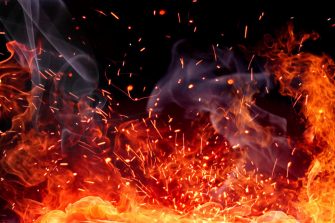
Understanding ember impacts on suburbs
As bushfires become increasingly prevalent and devastating, burning embers pose a significant threat to the safety of communities. Ember attack is the most common cause of house loss during bushfires. Despite the strong evidence for the dominant role that ember attack plays in the destruction caused by bushfires, there is little known about ember transport at the wildland-urban interface. There is an urgent need for applied research into the spread of embers and how we manage it to ensure we can better prepare for and respond to extreme fires.
UNSW Bushfire is providing new insights into how embers move and how they interact with urban settings. This research involves developing predictive tools for fire agencies and communities so that we can better forecast, map and model fire impacts. Our researchers are developing advanced simulation techniques that model the behaviours of embers through bushfire prone suburban developments. This provides the basis for improved operational practices for fire and emergency services, more informed development of catastrophe models used in the insurance sector and allow governments and homeowners to better assess the risk to properties under extreme fire conditions.
Contact
Kate Muir
External Engagement & Philanthropy, UNSW Canberra
kate.muir@unsw.edu.au
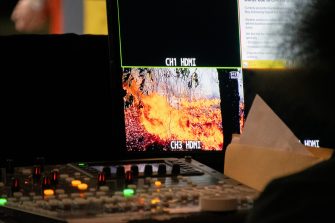
Understanding dynamic bushfire spread
All fires start small – but some fires can grow quickly into catastrophic conflagrations. These abrupt escalations in fire size and intensity occur mainly in response to dynamic processes involving complex interactions between the fire and the environment. One such example is vortex-driven lateral spread, or VLS – an extremely dangerous dynamic fire event that can produce dense ember showers of burning material and expansive flaming zones that can trigger the development of fire thunderstorms, also known as a pyrocumulonimbus. The rapid rates of spread and high intensities associated with dynamic bushfire spread pose a significant threat to firefighter and community safety.
UNSW Bushfire researchers are using computational modelling and simulation to gain insights into the physical processes that drive various modes of dynamic bushfire spread, such as VLS. These simulations underpin the development of predictive tools to better assess where these types of events will occur and their likely impact on the development of a fire. This will enable fire and emergency services to make more informed and targeted decisions about how to manage fires and to provide more timely and accurate warnings to the public and firefighters about the potential for dangerous escalations in fire activity.
Contact
Kate Muir
External Engagement & Philanthropy, UNSW Canberra
kate.muir@unsw.edu.au
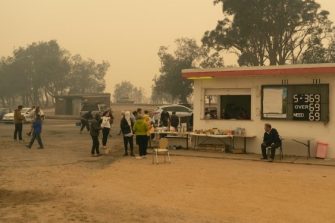
Emergency services - training and education development
As research provides new knowledge and insights into the way bushfires behave and how they can be better managed, it is vitally important that this information is transferred to the fire and emergency services sector. UNSW Bushfire is committed to the development and implementation of education and training materials to ensure our firefighters are equipped with the knowledge to respond to bushfires as safely and effectively as possible. This is especially important given the increasingly challenging conditions they will be faced with as climate change leads to more extreme fire seasons.
UNSW Bushfire has already adapted many of their research outputs into accessible and workable tools for fire and emergency services. This includes predictive models and operational tools, the development of new training modules relating to dynamic fire behaviours and critical fire weather and revisions of national competencies for firefighters in Australia and New Zealand. However, as new knowledge comes to light and as extreme fire regimes continue to become more prevalent, additional utilisation, training and education development is required to guarantee that our firefighters are equipped with the understanding and awareness needed to do their job. We owe them nothing less.
Contact
Kate Muir
External Engagement & Philanthropy, UNSW Canberra
kate.muir@unsw.edu.au
